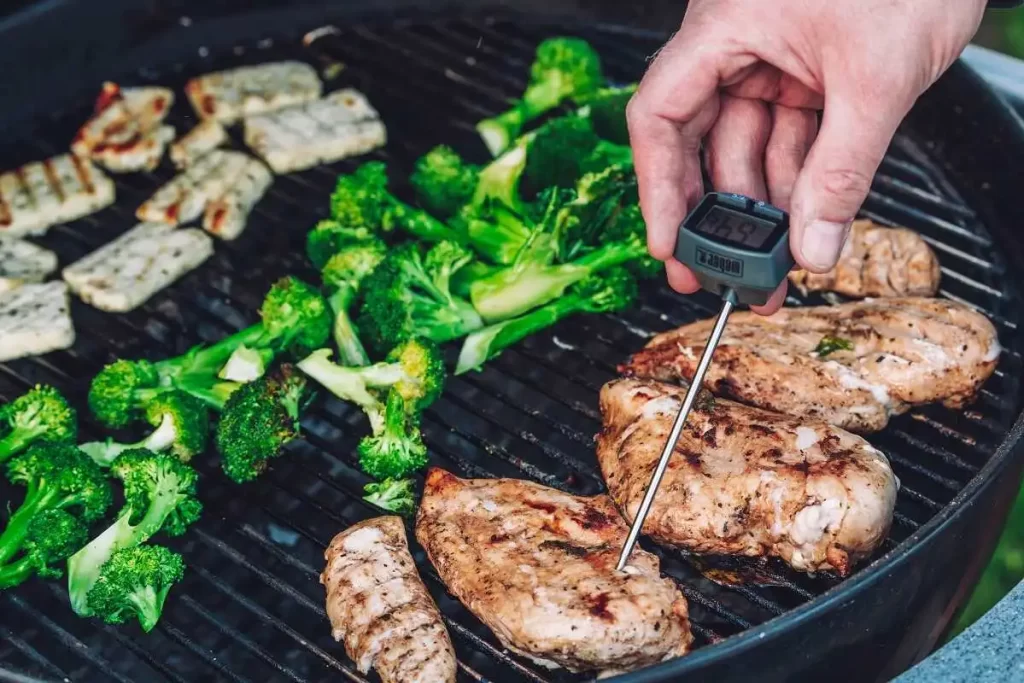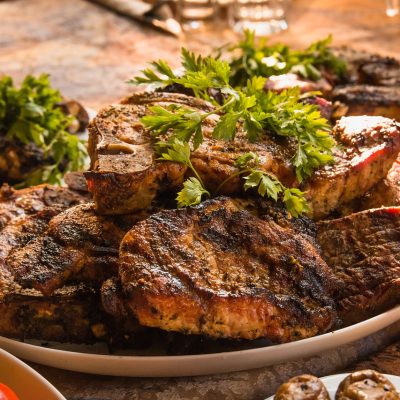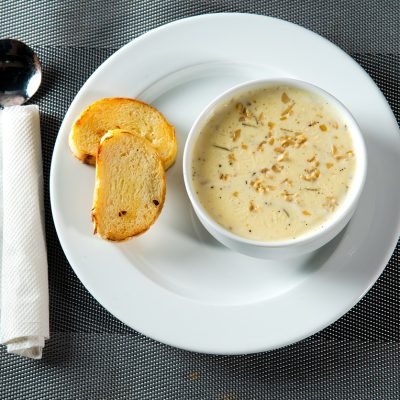School break has started for most schools, and it only means lots of family time and bonding activities with friends and cousins. One surefire way to make these get-togethers a hit is to do some serious backyard grilling. Time to clean those grillers and pay your trusty butcher a visit to score some quality lamb chops, chicken, turkey, and good old quality steak.
Importance of a Digital Meat Thermometer
Aside from choosing the best meat, the secret to serving quality steak actually lies in getting the right meat temperature. You’ve probably heard about timing the steak like four minutes for each side or the old press on the heel of the palm technique where you press on the meat to check the rebound of the meat fiber. There are also those who rely on the color, and in some instances, people would actually cut into their steak while cooking to know how it already looks inside.
But if you’re like me who doesn’t like burnt and cut-up steak, you should invest in a quality instant read meat thermometer. With a digital meat thermometer, like the Typhur thermometer, you can be assured that you are getting the thermal temperature of the center of the steak accurately and more consistently.
Understanding the Science of Steak Cooking
You wouldn’t want your recent grill party to be a hit and for the next one to be a miss. If you want to be that famous uncle or aunt that your family will talk about for generations because of your excellent grilling, you better get it done right every single time.
So how do you actually check the internal temperature of your steak using an Instaprobe best meat thermometer? If you consider the composition of the steak, it is actually parts water and part protein. Most of the water is hidden inside the muscle fiber, which is why after some time of being subjected to heat, your steak will begin to shrink as water is forced into the center of the steak and some will actually start to evaporate.
Water, being a good conductor of thermal energy, will significantly raise your steak’s internal temperature. You see, there are a lot of things going on with that steak of yours, and it requires some skill to know which part to poke with your thermometer to get the results that you want.
Considering Carryover Cooking and “Pull Temperature”
You also need to consider the carryover cooking that happens even after you pull that steak off the grill. The temperature decrease after pulling the steak off the grill redistributes the water left on the steak, making the piece of steak juicy again.
So depending on the chart you follow, factoring in the carryover cooking that will take place is important. The rule of thumb that I follow personally is to subtract between 2-3 degrees Celsius or 3-5 degrees Fahrenheit from the temperature chart that I follow and use that as my “pull temperature”.
You see, I treat the game of grilling a perfect steak as knowing when to pull my steak from the heat much like pulling from a stock I bought. Using the Typhur Instaprobe meat thermometer turns this into a precise number so you wouldn’t have to guess or stab your steak repeatedly.
Using a Meat Thermometer for Precise Results
For example, if I am grilling a particularly thick strip for my Uncle Bob, and he requested for it to be medium rare, my target temperature based on my personal chart would be 130F or 54C. So in order, for me to get that medium rare steak that my uncle so desperately wants, I will have to pull off my meat from the grill by the time the thermal temperature reaches 126F or 52C.
There are plenty of charts available online that you can use as your benchmark for the temperature of your steak. Once you find the one that suits you, stick to it.
Typhur Instaprobe: A Sleek and Efficient Tool
Now that we’ve established the importance of getting the thermal temperature of your steak and how to compute the perfect pull-off time, let’s now talk about finding the right tool and knowing where to poke using that handy dandy tool of yours.
There are a lot of instant read meat thermometers available in the market, but my personal favorite is the Typhur Instaprobe best meat thermometer. Its sleek design makes it a good addition to my other minimalist kitchen tools. This particular thermometer lets you get an accurate reading with just .75 seconds which is brilliant for someone like me who does a lot of grilling for my family. Mind you, the requests and preferences of my family when it comes to steak really varies, and most often than not, I find myself having to write them down on paper. But with my Typhur thermometer, the job has never been so easy.
Checking the Steak’s Temperature: Two Methods
As important as your tool is knowing how to actually check the temperature of your steak. I recommend two ways to do it.
- Top – simply insert the probe tip of your Typhur thermometer into the middle part of your steak avoiding the bone. Pull back the thermometer a little until you get the lowest temperature, which will be the thermal temperature of your steak. Remove the steak from direct heat once it reaches your target “pull temperature”.
- Side – simply grab your steak with a thong and hold it sideways. Insert the probe on the side and follow the same steps as the top method.
Once your steaks have been pulled off the heat, rest them for 5-7 minutes to allow for the remaining water or moisture to be redistributed equally onto your meat. Serve and enjoy your juicy steak! I hope you follow these recommendations for your next family grill.
Also read these articles:





